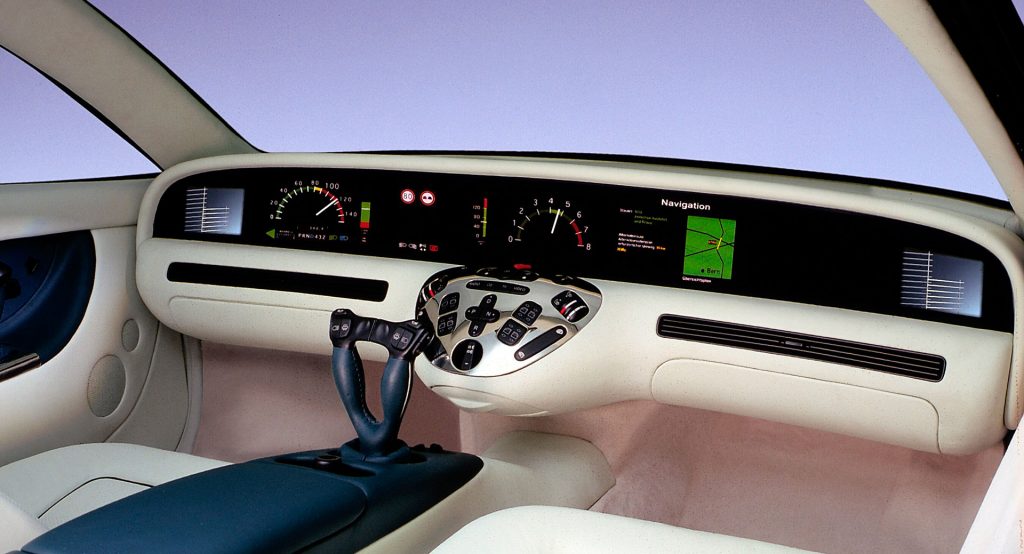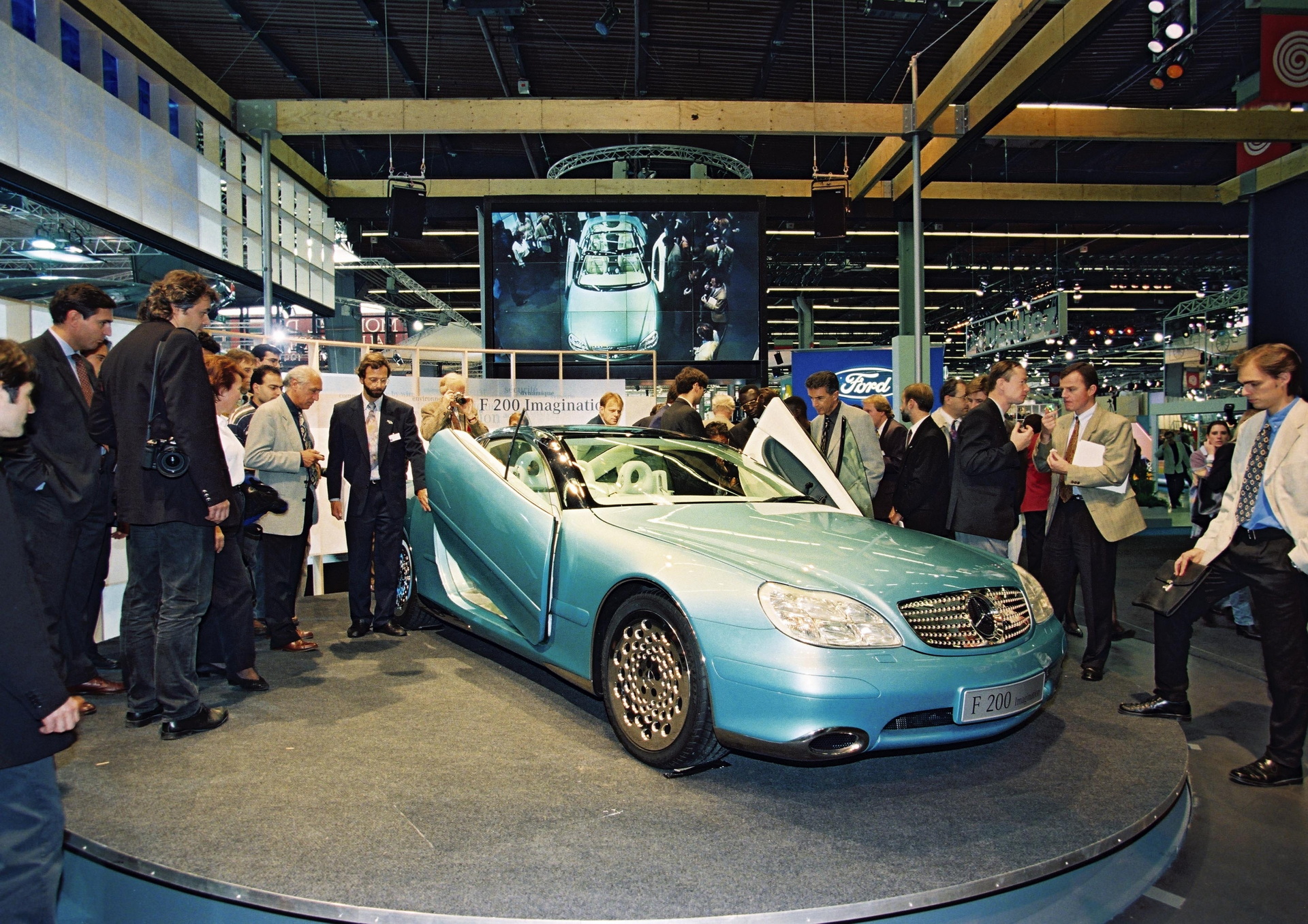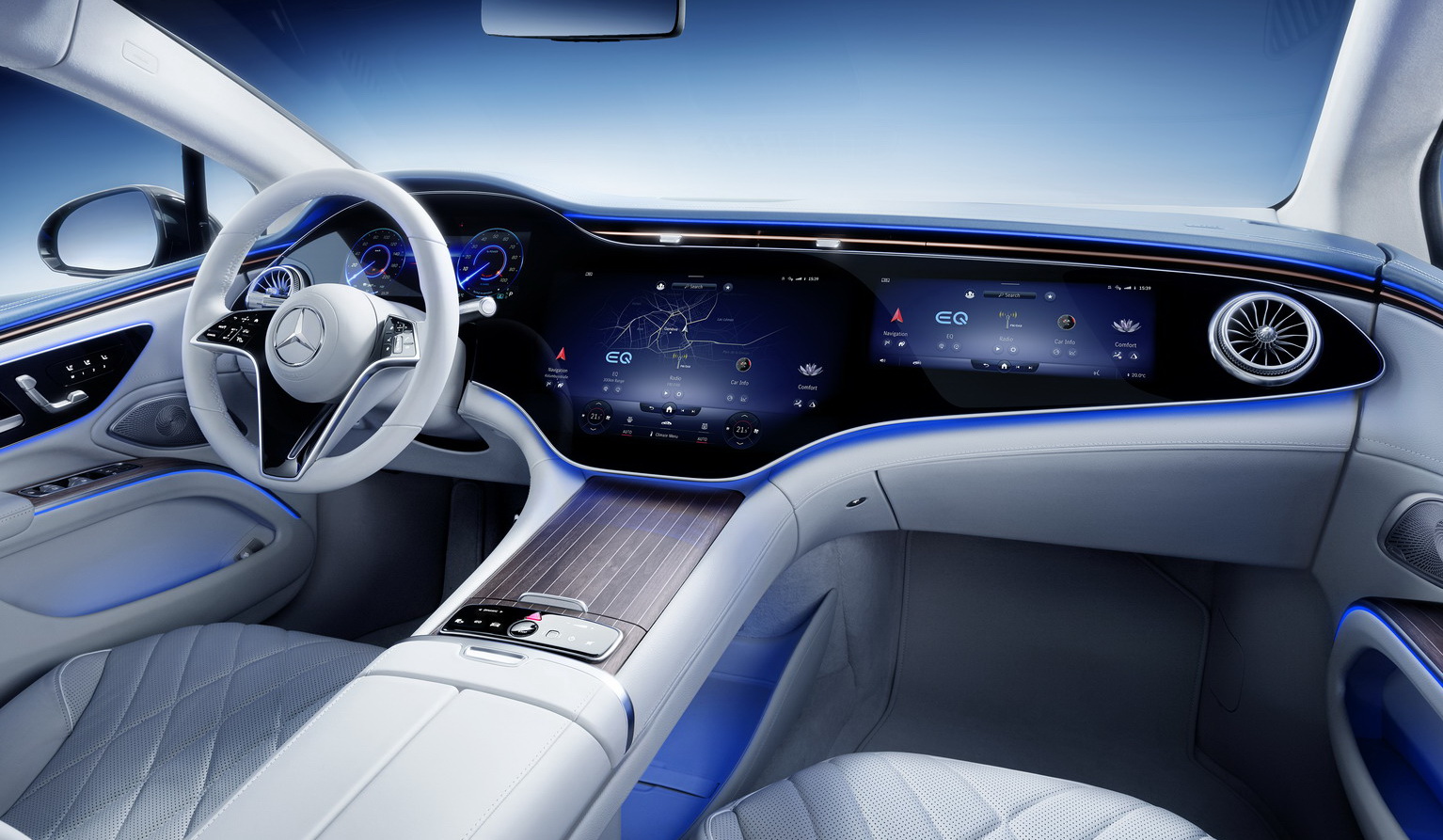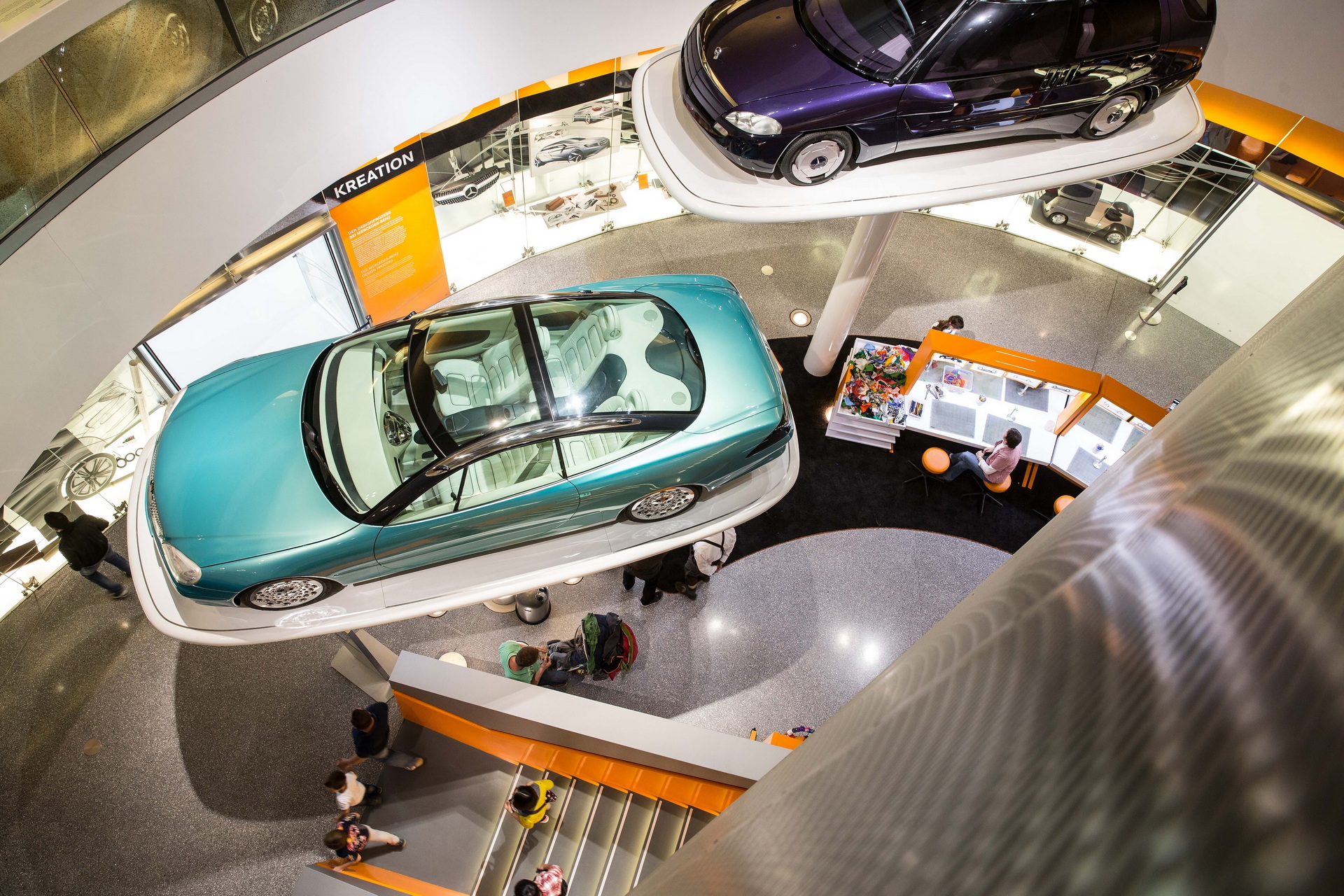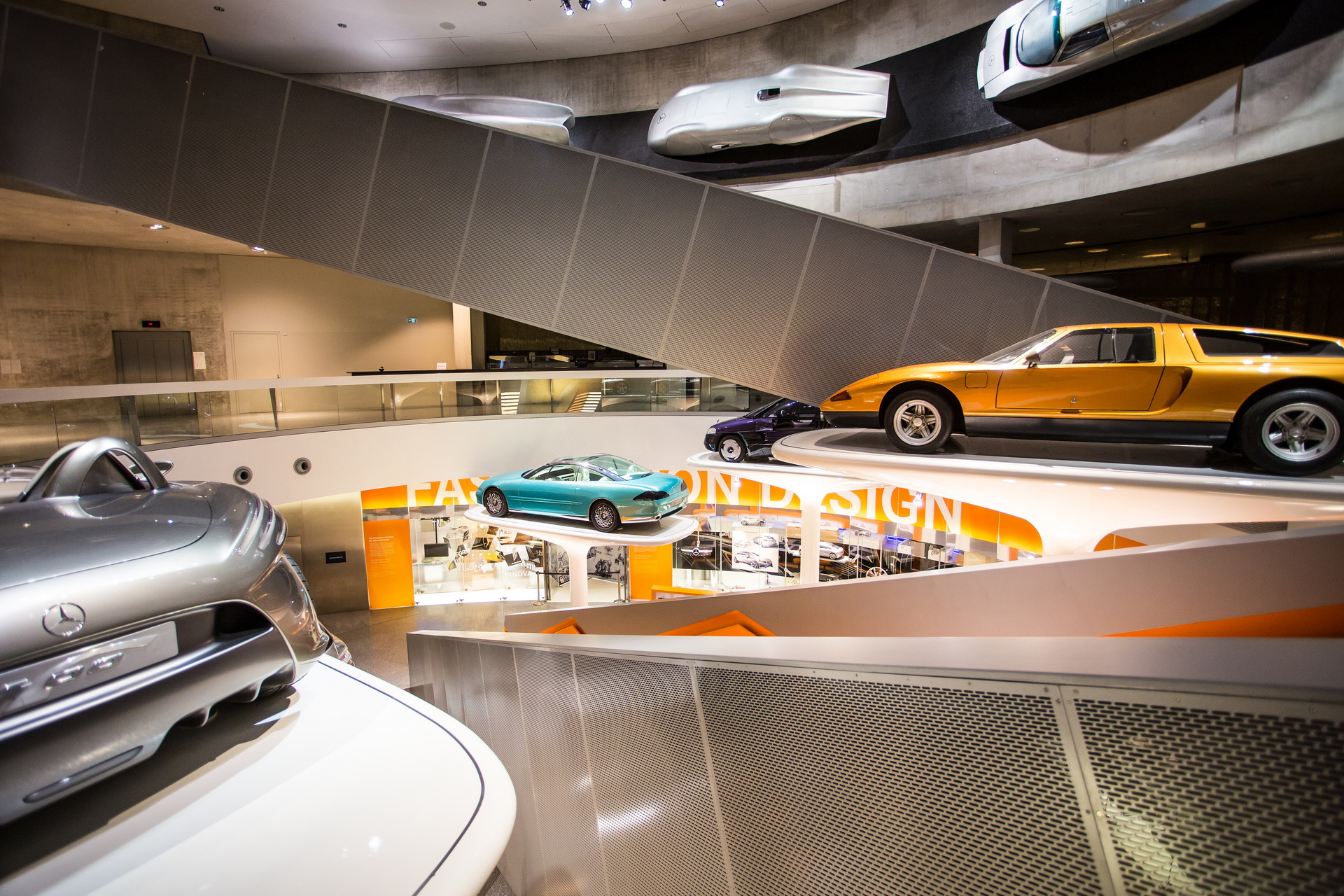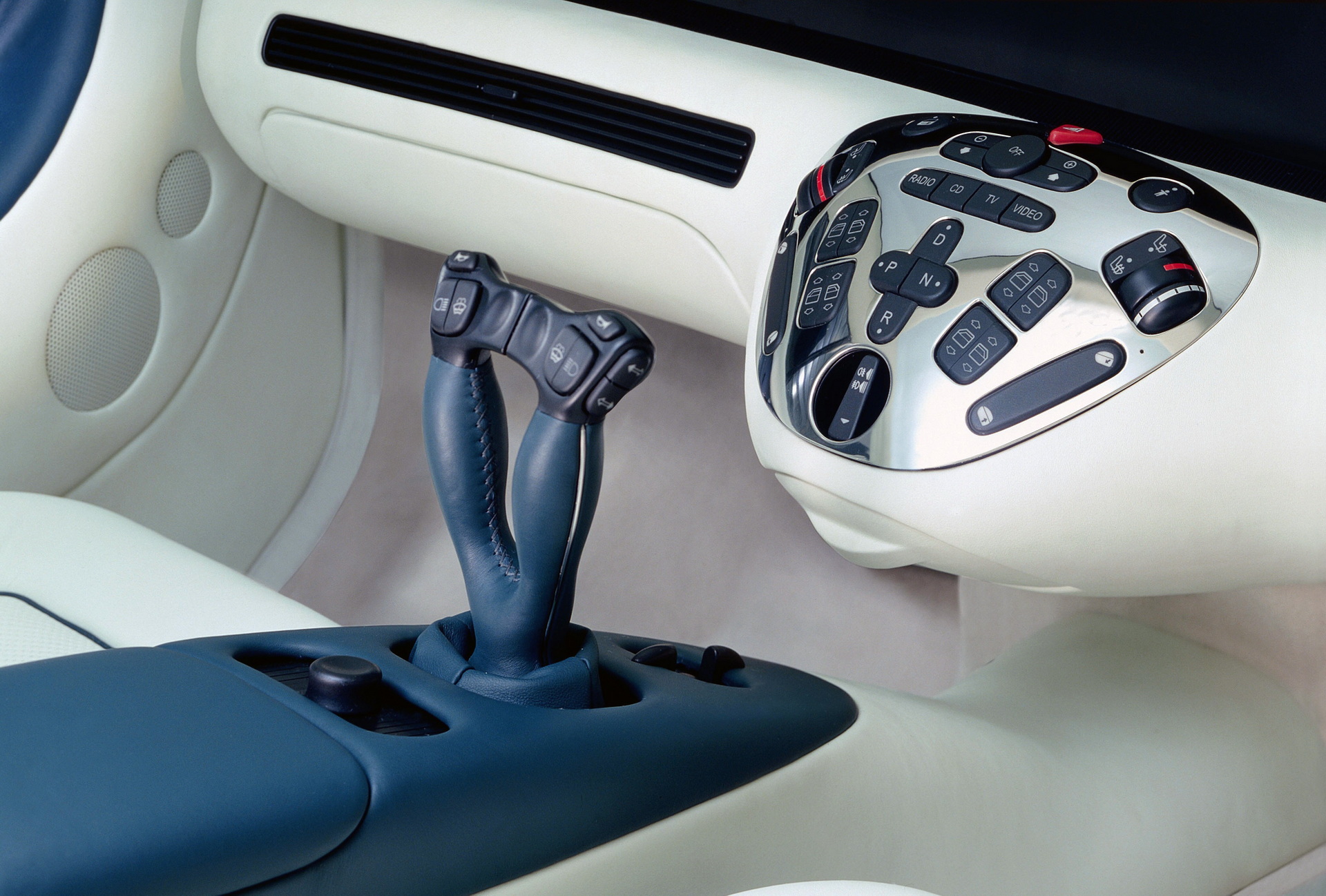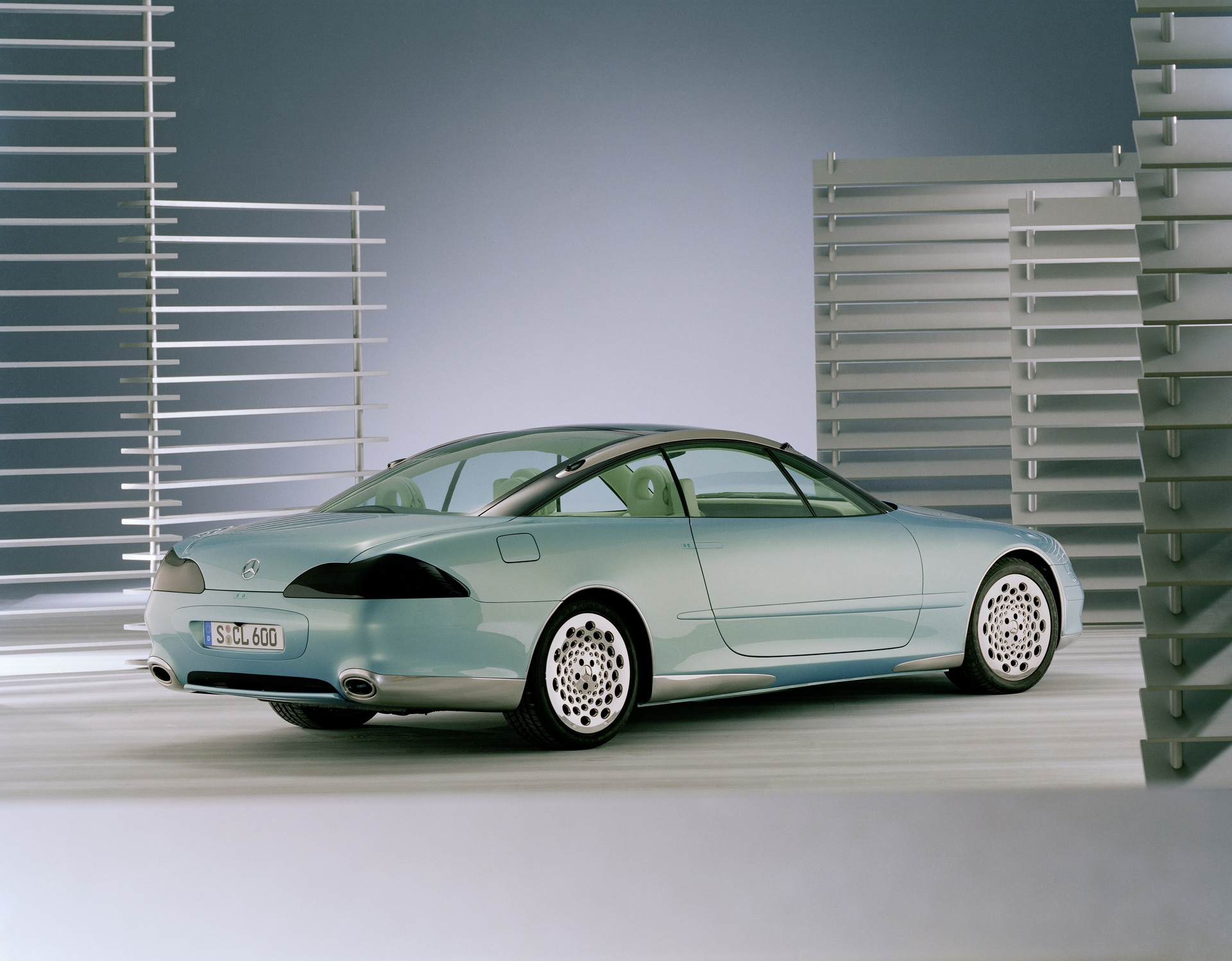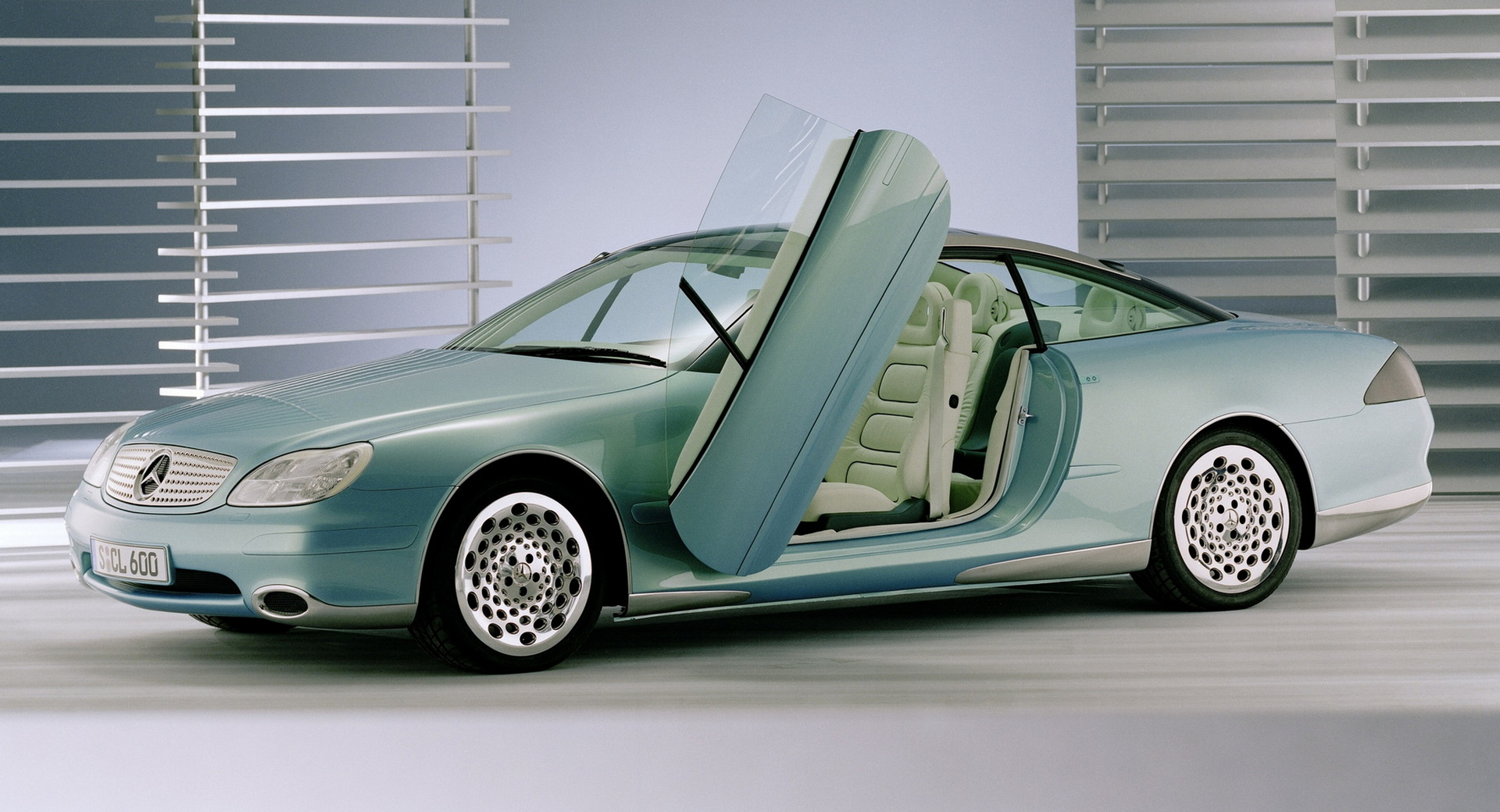Mercedes’ new Hyperscreen is a pretty impressive piece of kit but it can, to some degree, be traced back to the 1996 Mercedes-Benz F 200 Imagination concept car.
First shown at the Paris Motor Show in October 1996, the concept car features a number of features that may have sounded like a Willy Wonka-esque world of pure imagination when it was released but today are can be found in many vehicles.
There was, for instance, the reliance on computers to replace mechanical and hydraulic connections that can be found today in drive-by-wire technologies that make advanced driver aids possible.
Read Also: How Close Did Mercedes Come To Envisioning The Future With The F 100 Concept?
“The electronics recognize the driver’s commands as a wish for a certain driving state—accelerate, brake, steer, reverse—and then decide in a flash how best and most safely to comply with the driver’s commands,” wrote Mercedes’ press release in 1996. “That happens depending on the situation, because the computer uses information from various sensors that give it information about speed, wheel and engine speeds, road surface condition, and body movements, among other things.”
The F 200 Imagination was also tested on a driving simulator, another technology that is common today. Mind you, it wasn’t as new as you might expect in 1996; Mercedes started using its first driving simulator in 1985.
Then there was the massive color screen that stretched from one end of the dash to the other. Although quite different from today’s Hyperscreen, the system includes digital instruments, an onboard computer, rearview cameras, a navigation system, radio, a CD and DVD player, and a telephone. It could even connect to the internet to allow on-the-go business people to complete “telebanking.”
It also presaged active chassis control, voice recognition, an electrically operated handbrake, glass that can be made opaque at the touch of a button, and more. Not all of its innovations were a roaring success, though.
Although drive-by-wire systems can be found in production cars today, vehicles tend to still have a steering wheel, rather than the joystick seen in the F 200. The system was clever, though, allowing drivers to steer from either front seat.
As for its design, although the more extreme elements were toned down, the essential shape of the car was used in the 1999 Mercedes-Benz CL. Today, the F 200 can be seen at the Mercedes-Benz Museum in the “Fascination of Technology” area, which can be accessed free of charge via the atrium.








